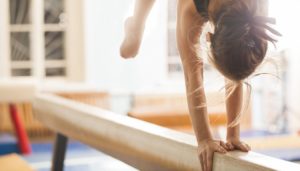When I step into a dance space with exceptional lighting, I can’t help but feel energized and inspired. There’s something magical about how a well-designed lighting plan can transform a room into a stage where creativity comes alive. The right solution, which could be directional track lighting for precision or surface mount lighting for a sleek touch, makes every movement feel elevated. I’ve even grown to appreciate the decorative dance studio details, like how recessed lighting, despite requiring holes in the ceiling, adds a polished look while offering more head space for dancers to move freely.
I love exploring different lighting techniques to create an atmosphere that matches the energy of a performance. It could be dim lights that draw attention to intimate moments or stark lights that heighten dramatic tension, the play of illumination sets the tone for every story told through dance. Even the choice of fluorescent bulbs can impact the vibrancy of the space, ensuring it’s not just functional but inspiring.
Here are some of the best dance studio lighting ideas for 2025.
1). Adjustable LED Strip Lights Along Mirrors

Install dimmable LED strip lights along the edges of mirrors. These lights not only highlight movements with soft backlighting but also create depth in the reflection. They allow dancers to observe their motions more clearly, while also offering customizable colors to match different moods.
2). Overhead Track Lighting with Spotlights
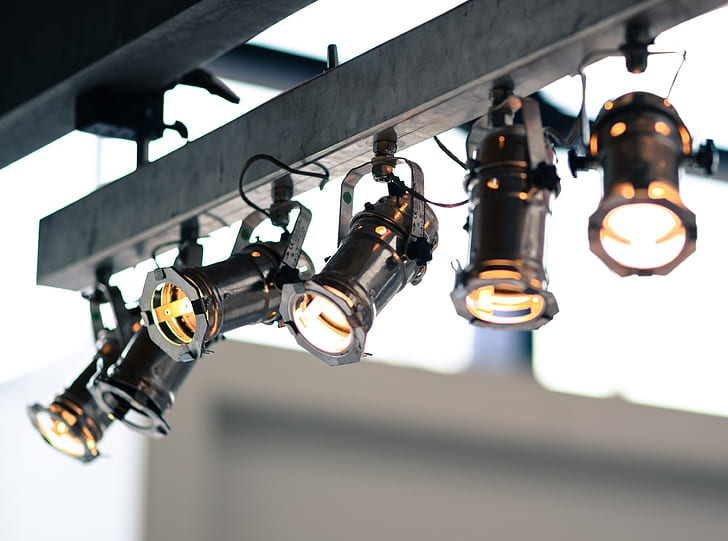
Use adjustable track lighting with movable spotlights to focus on specific areas of the studio. This setup is ideal for highlighting solo performances or specific choreography sections. It also provides a professional stage-like feel, inspiring dancers to give their best.
3). Dynamic RGB Wall Washers
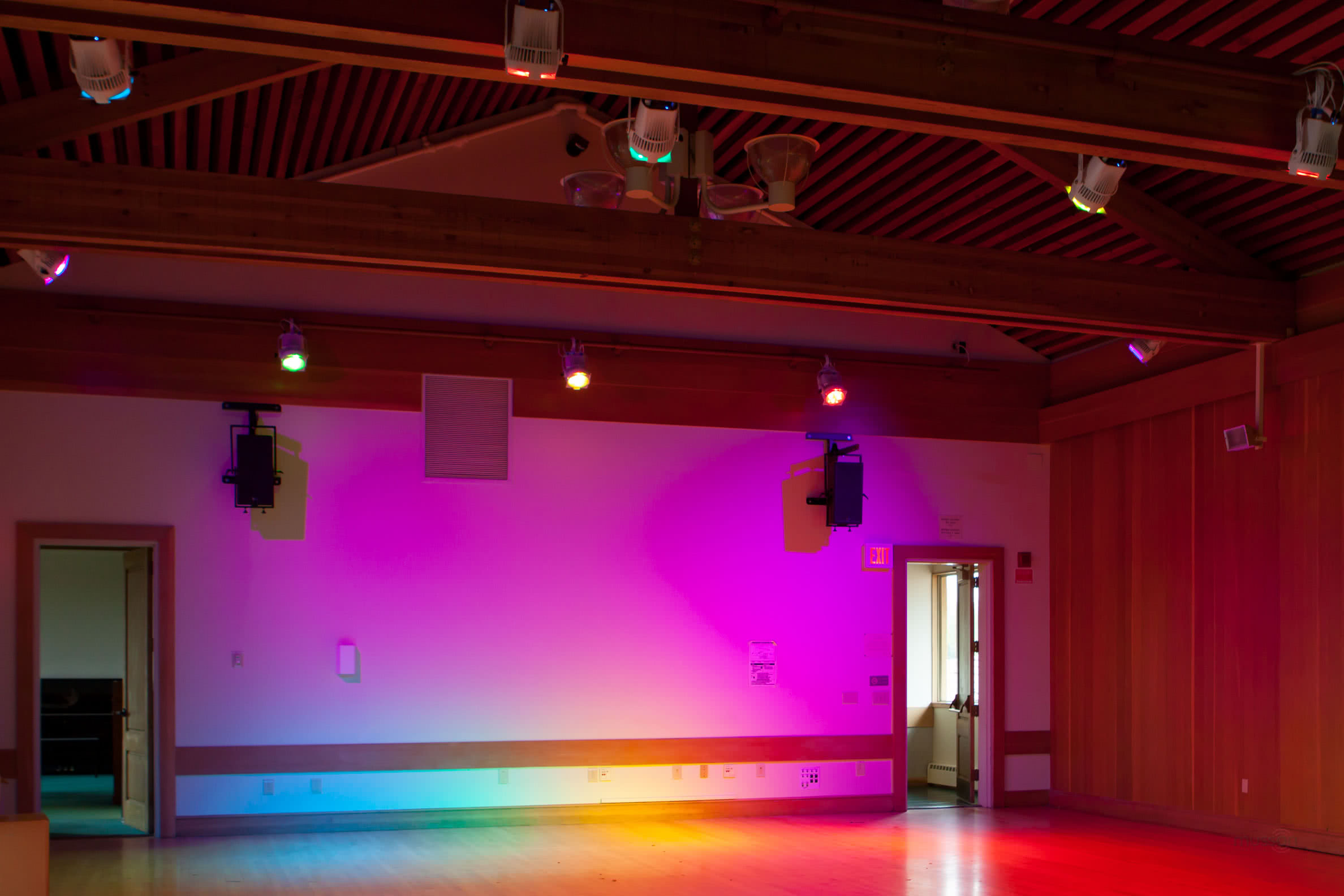
Add wall washers in dynamic RGB (red, green, blue) lighting. These lights bathe your walls in a variety of colors or gradients, creating a vibrant and energetic atmosphere. Use warm tones for calming sessions and bright, bold colors for high-energy dance classes.
4). Chandelier or Pendant Lighting for Elegance
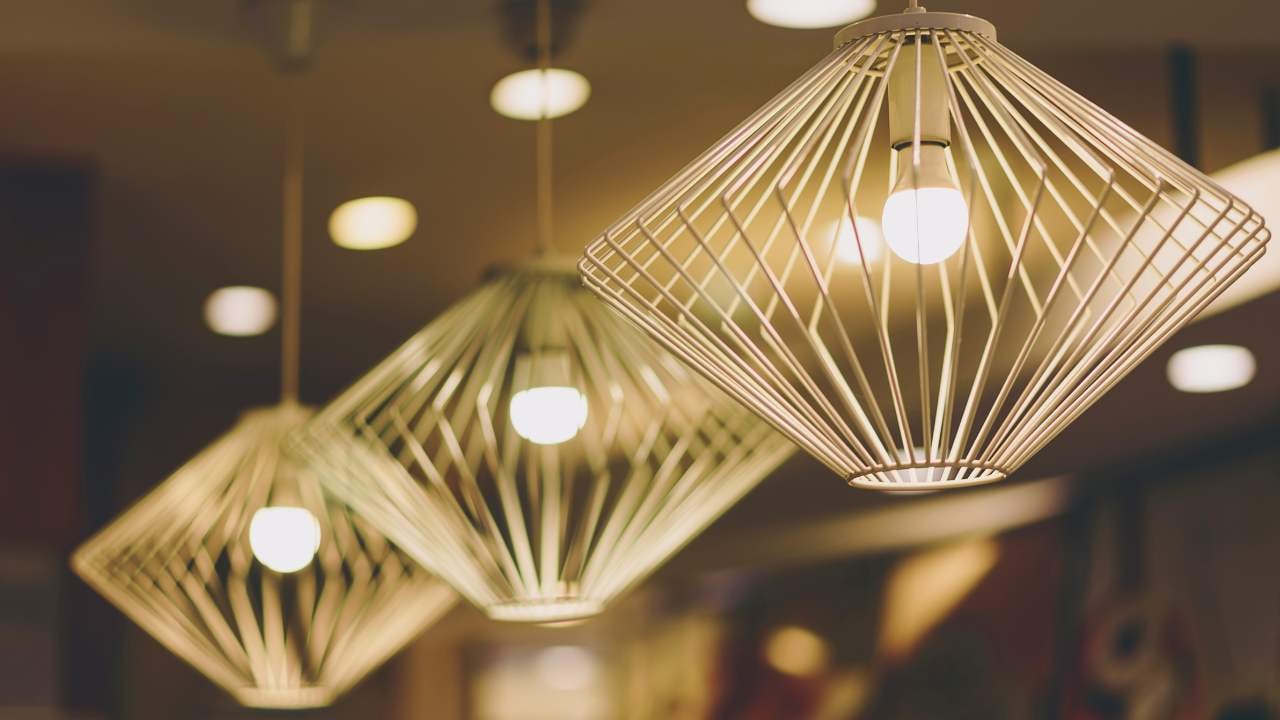
Install modern chandeliers or pendant lights in the center of the studio. These can add a touch of sophistication and ambience, especially for ballet or classical dance studios. The layered lighting creates a warm, inspiring glow while adding elegance to the space.
5). Floor Lighting for Dramatic Effects
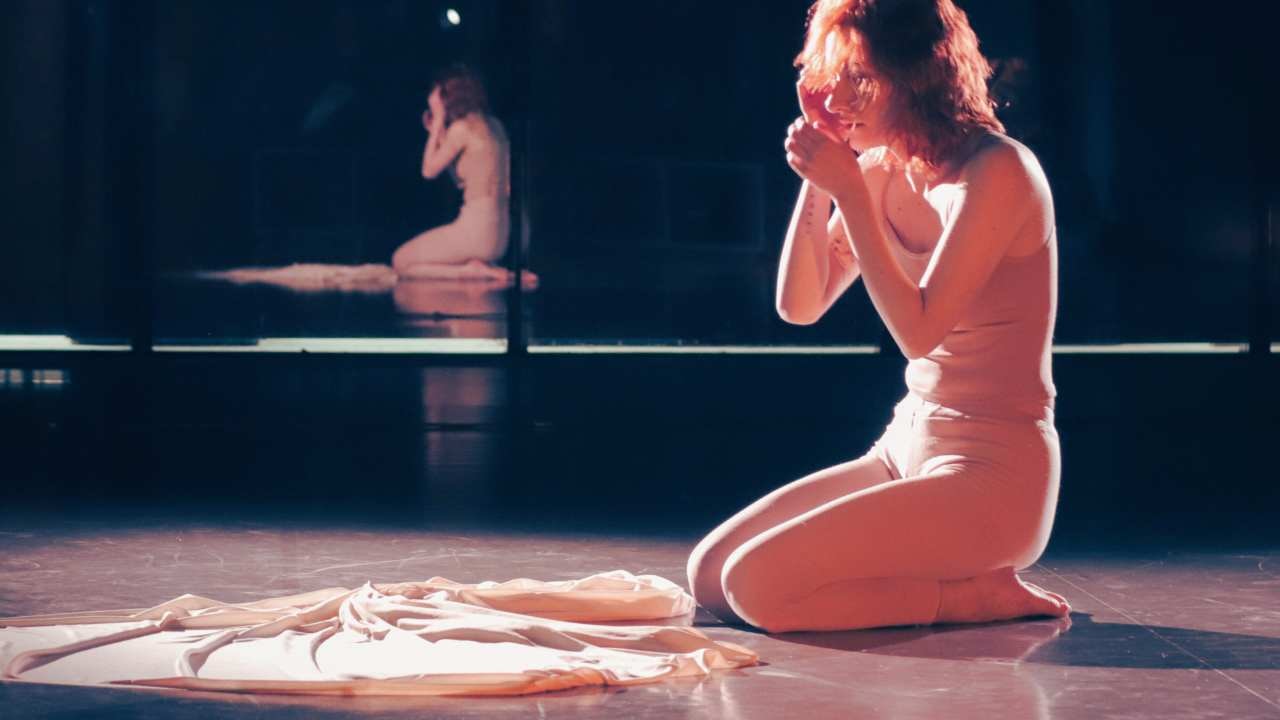
Place LED floor lighting or uplights around the perimeter of the studio. These can create dramatic shadow effects and add theatrical flair, ideal for performance rehearsals or themed choreography. They also safely light the floor for creative night sessions.
6). Motion-Activated Lights for Improvisation
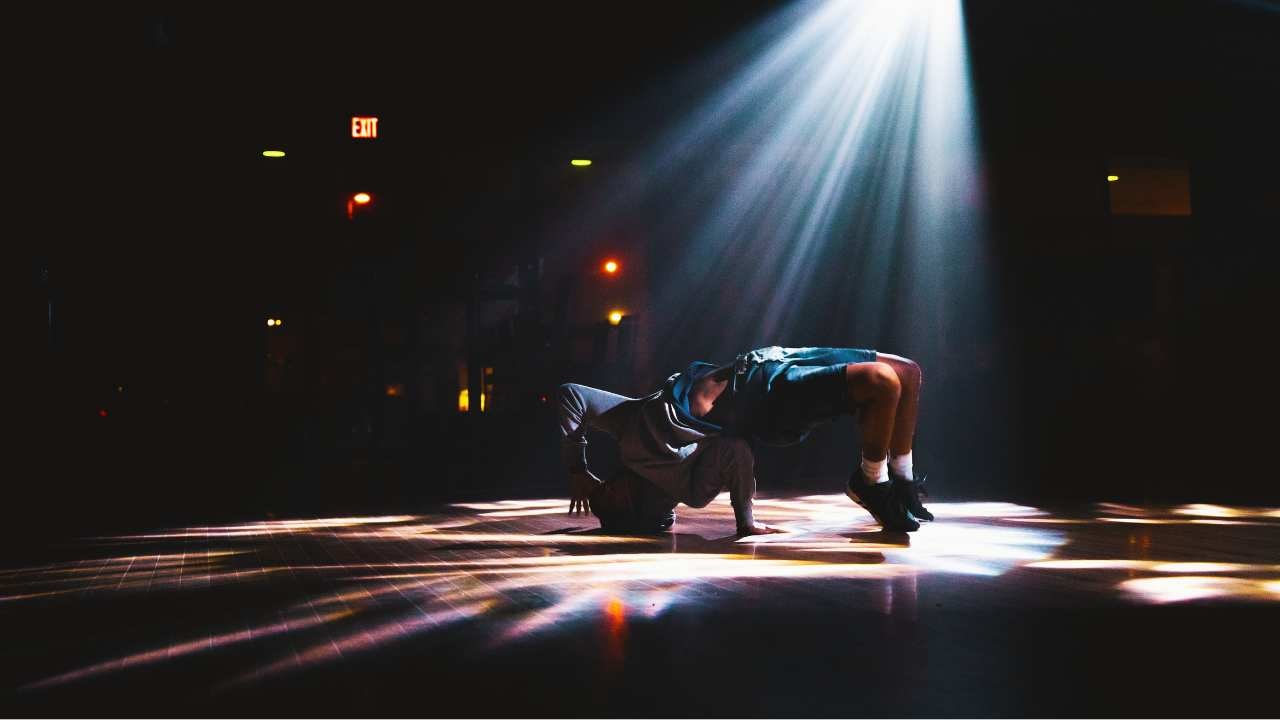
Use motion-activated lighting systems that change brightness or colors based on movement. This type of setup encourages improvisation and spontaneity, while also creating mesmerizing visuals as dancers perform. It adds an interactive and high-tech vibe.
7). Natural Lighting Zones with Windows

Incorporate large windows or skylights to flood the studio with natural light during the day. This creates a refreshing, connection-to-nature atmosphere. Add lightweight sheer curtains or blinds to control the intensity when needed, perfect for daytime classes.
8). Starlight Ceiling Panels or Fiber Optic Installations
Install starlight ceiling panels or fiber optic lighting to mimic the night sky. This dreamy effect can be magical for contemporary or lyrical dance classes. The twinkling lights inspire creativity and create a serene, focused environment.

9). Backdrop LED Screens for Immersive Themes
Use LED screens or projectors on one studio wall to create dynamic backdrops. Maybe it’s a rainforest, urban street, or abstract patterns; these visuals amplify themes for choreography sessions. They allow dancers to immerse themselves in the mood of the routine.
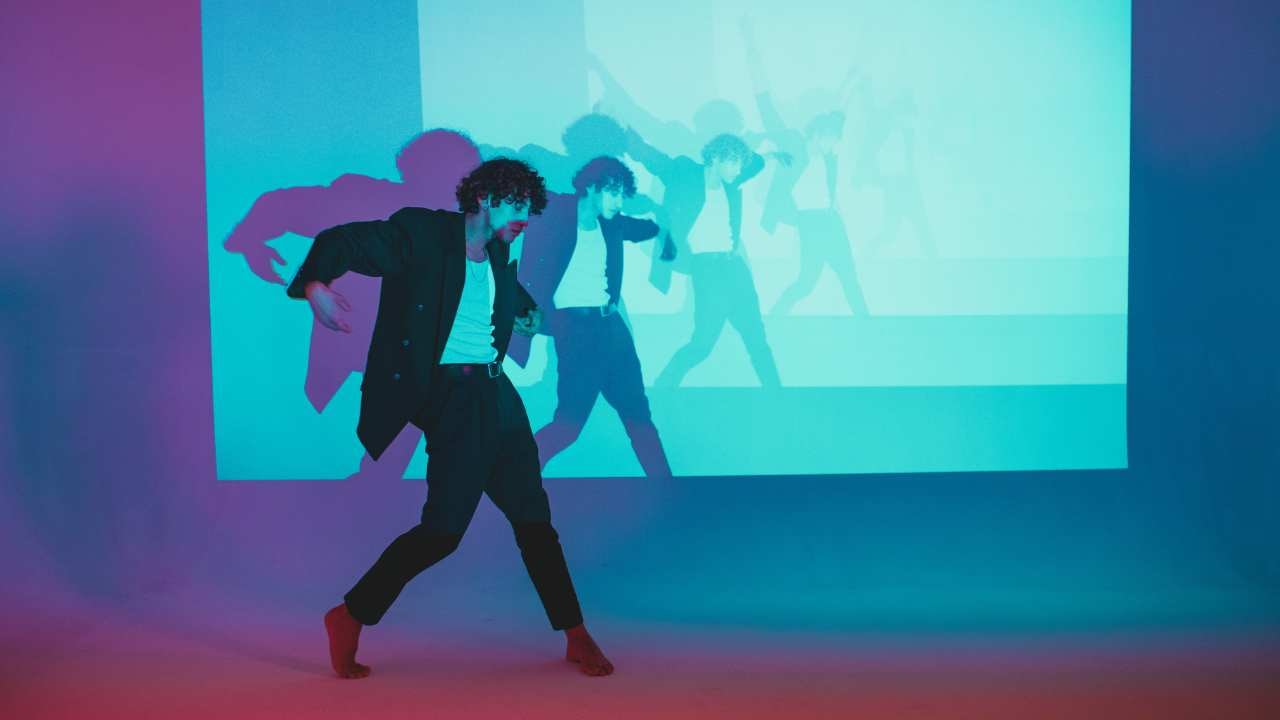
Common Lighting Mistakes to Avoid in Dance Studios
Lighting is a critical element in any dance studio, shaping both its functionality and ambiance. Missteps in planning or execution can disrupt performances, add costs to your dance studio, and dampen the energy for dancers and instructors alike. To keep your studio inspiring and effective, here are some lighting pitfalls to steer clear of.
Using harsh or overpowering lighting
Bright, stark lights can lead to a clinical environment that feels impersonal. While strong lighting may seem like a good way to illuminate the space, it can result in a flatter appearance, undermining the dimensionality of movement. Aim for lighting changes that balance intensity and comfort to convey emotions and maintain an inviting atmosphere.
Having dim or inadequate lighting
Dim lighting not only strains visibility but can also create potential distractions. When dancers can’t see clearly, precision in choreography and connection with the main character of a piece may suffer. Consider the right light source with even lumen output to ensure equal amounts of illumination throughout the dance space.
Relying on inflexible or non-adjustable lighting setups
A one-size-fits-all approach doesn’t work in dance studios. Fixed or non-adjustable systems ignore the need for creating illumination tailored to specific dance styles or performances. Invest in directional outputs, suspended lighting, or even additional light sources to allow flexibility, ensuring the space adapts to every type of routine or rehearsal.
Neglecting recessed lighting or proper installation
Recessed lighting offers a clean look that maximizes headspace and works seamlessly in studios with low ceilings. However, recessed lighting requires holes for installation, and if done poorly, it can lead to safety concerns and fixture exposure. Careful planning and professional execution are essential to avoid distractions and maintain a polished, installed flush appearance.
Choosing Fixtures Without Function in Mind
Opting for replacement lamps or using the wrong fixtures without considering their impact on the studio can disrupt the balance between aesthetics and functionality. For example, some fixtures may create uneven lighting or cast shadows that hinder performances. Suspended and surface-mounted fixtures can be an ideal choice, combining style with performance needs.
Failing to consider ceiling heights and dancer safety
Low ceilings paired with dangling fixtures or improper light placement can make the studio feel cramped and unsafe. Choose lighting that maximizes headspace and doesn’t interfere with movement. A well-considered lighting design avoids building faces distractions, creating a safe and productive space for dancers to thrive.
Focus on a well-planned approach to lighting such as choosing LED systems with directional flexibility or ensuring fixtures like recessed and suspended lighting are thoughtfully installed so you can transform your studio into an inspiring environment. Avoid these common mistakes, and your dance studio will remain a functional, beautiful, and motivating space for full story performances and everyday practice alike.
Tips for Capturing Dance Performances
Lighting plays a vital role in capturing the beauty, energy, and emotion of a dance performance. The right setup can transform any performance into a visually stunning experience that highlights every move and expression. Here are some tips to make the most of lighting for dance performances:
- Enhance Stage Presence with Thoughtful Lighting
Thoughtful dance studio lighting can enhance the atmosphere, drawing the audience’s attention to the important artistry on stage. LED lights, in particular, are a great option for their brightness, versatility, and energy efficiency. - Create Drama with Backlighting and Side Lighting
Backlighting or side lighting can add depth and drama by creating striking silhouettes or dynamic shadows. These techniques can evoke emotion, adding a touch of theater to your performance. - Illuminate Every Movement and Emotion
Properly placed dance studio lights ensure that movement and facial expressions are never lost. LED lighting can be adjusted to follow the dancers’ flow, making every gesture and step stand out beautifully.
Combining these approaches so you can use your studio’s lighting setup to not only illuminate the stage but also immerse your audience in the elegance and power of the performance.
Lighting for Different Dance Styles
Each dance style brings its own unique energy, mood, and movement, and the right lighting solution can enhance these elements beautifully. It could be classical ballet or high-energy hip hop, customizing the lighting in your dance studio helps create an engaging and inspiring environment. Here are some tips for adapting your lighting setup to various dance styles:
- Tailor lighting to the specific dance style
Ballet often calls for soft, flattering light to highlight the grace and elegance of the dancers, while contemporary dance benefits from more versatile lighting that can switch between subdued and bold effects. For styles like hip hop, dynamic and colorful dance studio fixtures help amplify the high-energy vibe. - Create dramatic or dynamic effects for high-energy performances
High-intensity dance styles, such as hip hop or jazz, shine under dramatic, dynamic lighting. Strobed or color-changing LED lights can add layers of excitement and movement to match the upbeat choreography. - Utilize natural or LED lights for a bright and airy atmosphere
Dance studios used for styles like modern, contemporary, or even yoga-inspired movement classes thrive under bright, natural light or energy-efficient LED lighting. This setup creates an open, refreshing environment that puts the focus on fluidity and expression.
If you are opening a new dance studio, then selecting the right fixture and fine-tuning your lighting to match the mood and movement of each performance helps bring more inspiration to the space.
Setting the Mood and Atmosphere with Dance Studio Lighting
Lighting plays a crucial role in shaping the atmosphere of a dance studio, enhancing both the mood dance performances and the overall experience for dancers and audiences alike. Thoughtful studio lighting can transform a space, creating an inviting and inspiring environment. Here are key tips to help you set the perfect ambiance:
- Use lighting to create specific moods or atmospheres
Tailored lighting can elevate the experience by matching the mood of the performance or event. It could be an intimate ballet recital or a high-energy hip-hop showcase. - Consider the color temperature and CRI for ambiance
The color temperature of your lighting fixture can shift the feel of a room — warm tones create a cozy, inviting vibe, while cooler tones evoke energy and focus. Prioritize fixtures with a high color rendering index (CRI) to ensure colors appear vibrant and true to life. - Highlight specific areas of the studio
Strategic lighting placement can draw attention to key zones in the studio, such as the performance stage or the welcoming lobby area. This not only improves focus but also creates a professional and polished look. This is particularly effective during open houses.
With the right balance of mood-enhancing lighting, color rendering index focus, and intentional placement, your studio lighting can transform every corner of the space into a functional yet inspiring setting.
